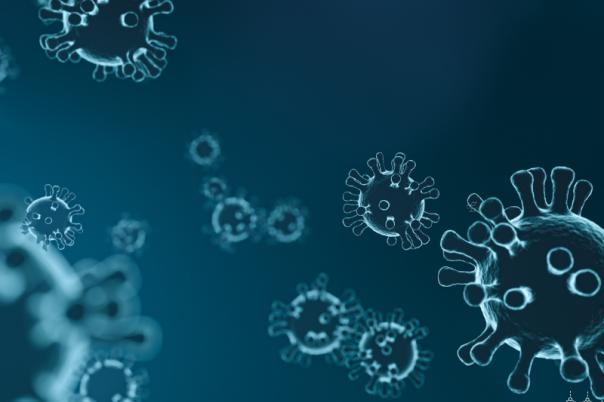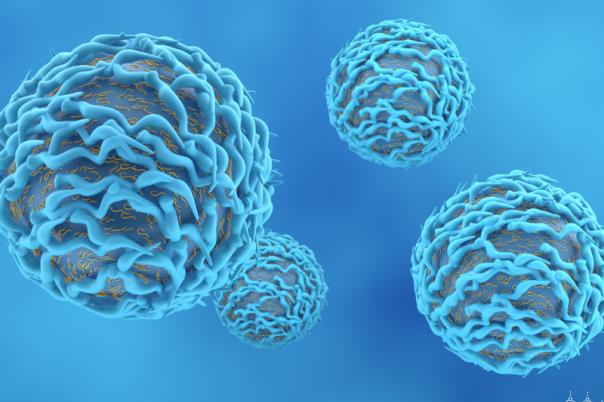Dana Mustafa, an assistant professor and group leader at Erasmus Medical Centre, delivered a presentation on the characterisation of the pancreatic ductal adenocarcinoma (PDAC) microenvironment using multiple multi-omics profiling techniques.
Mustafa began by highlighting the significance of the pancreas, an organ often overlooked in history, which plays a crucial role in both endocrine and exocrine functions. Mustafa explained that PDAC, a deadly form of pancreatic cancer, is expected to become one of the leading causes of cancer deaths by 2030. The disease is particularly challenging due to its tendency to metastasise and its painful nature, as tumour cells invade the nerves.
Mustafa categorised PDAC into three stages: resectable, locally advanced, and metastasised. Resectable PDAC could be surgically removed, while locally advanced PDAC involved cancer invading the main artery. Metastasised PDAC spread to organs like the liver and lungs. Mustafa noted that only 20-30% of PDAC patients were diagnosed with resectable disease. Traditional treatment involved immediate surgery followed by adjuvant therapy.
Mustafa emphasised the importance of studying the tumour microenvironment and macro environment, as PDAC is a heterogeneous tumour. Over the past decade, efforts to classify pancreatic cancer into molecular subtypes aimed to improve treatment specificity. However, these classifications had limited clinical implications. Mustafa highlighted the significance of GATA6 expression in sub-classifying PDAC into classical and basal-like subtypes. Classical subtypes showed better prognostic outcomes.
Mustafa discussed the Dutch Pancreatic Cancer Group's PREOPANC trial, which compared traditional surgery with neoadjuvant therapy followed by surgery. The trial results indicated that neoadjuvant therapy improved patient outcomes. Mustafa's team collected samples from across the Netherlands to investigate the prognostic relevance of GATA6 and the immune landscape in PDAC subtypes. They used various techniques, including immunohistochemistry and bulk genome expression arrays.
Mustafa concluded that high GATA6 expression was associated with the classical subtype in treatment-naive patients but not in those who received neoadjuvant therapy. The study revealed differences in immune cell infiltration between classical and basal-like subtypes. Mustafa thanked the team and patients for their contributions to the research.




